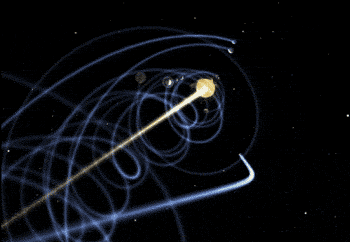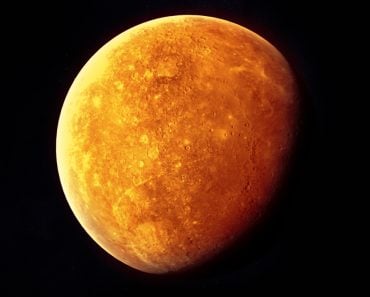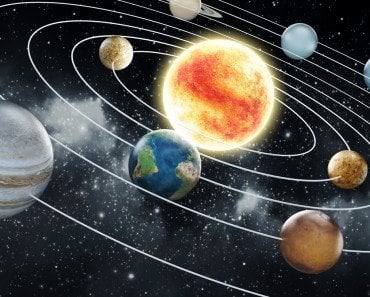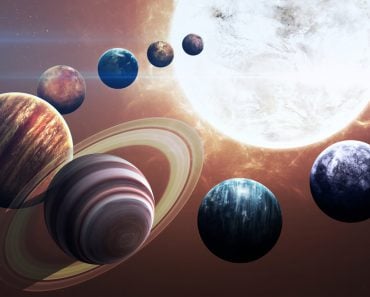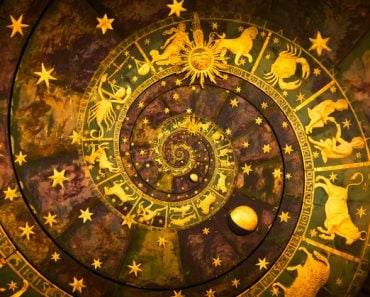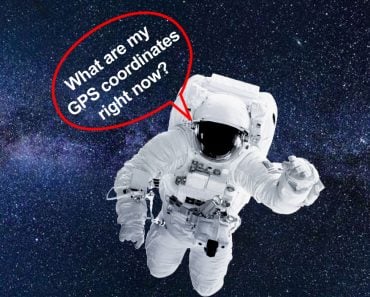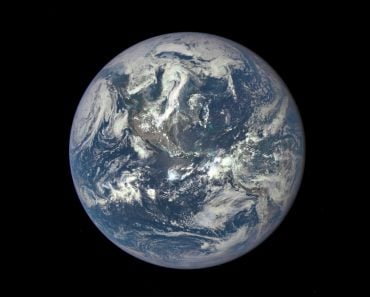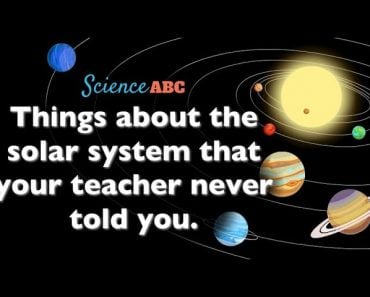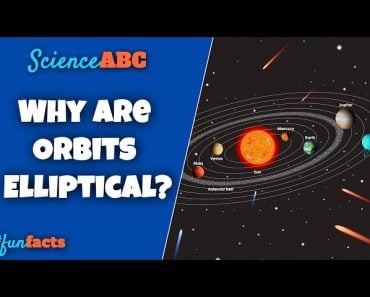Table of Contents (click to expand)
The heliocentric model proposes the Sun as the center of the solar system, rather than Earth, as was believed according to the geocentric model. This development helped us get closer to the real picture of our solar system and the universe, and it was upon this that our greater understanding of astronomy was developed.
The spirit of constant questioning has been a hallmark of humanity and its progress. Since we first started becoming self-aware, we have questioned not only our place on this planet, but also our planet’s place in the broader universe.
Until the 15th century, it was believed that the Sun and the other planets revolved around Earth, which remained stationary. This was based on the concept of geocentrism, which was widely accepted and taken as holy truth, as it was first proposed and preserved in religious texts.
The formation of the heliocentric theory upended this belief entirely, giving us a far more accurate picture of our solar system and forming the foundations of our understanding of the universe. Although it wasn’t until much later that the heliocentric theory was accepted in Europe, it had already been accepted in other parts of the world. Let’s try to better understand this theory and its role in a number of civilizations.
Recommended Video for you:
The Heliocentric Theory
Astronomical models are representations of planets showing them in their orbits around the celestial body at the center of the solar system. These models were made by diligently tracking planetary and stellar orbits observed through telescopes.
In western thinking, for about 2,000 years, the astronomical models proposed by Aristotle and Ptolemy were thought to be accurate representations of the planets and their orbits. In this model, Earth was the center of the universe and the Sun and all the planets revolved around us in circular orbits. Earth was believed to be completely motionless, fixed in one position. The planets were thought to be composed of an unchanging substance (‘aether’) not found on Earth, and their orbits were thought to be circular. This was the geocentric model of the world, a view that was elevated by the Church to the level of religious dogma.
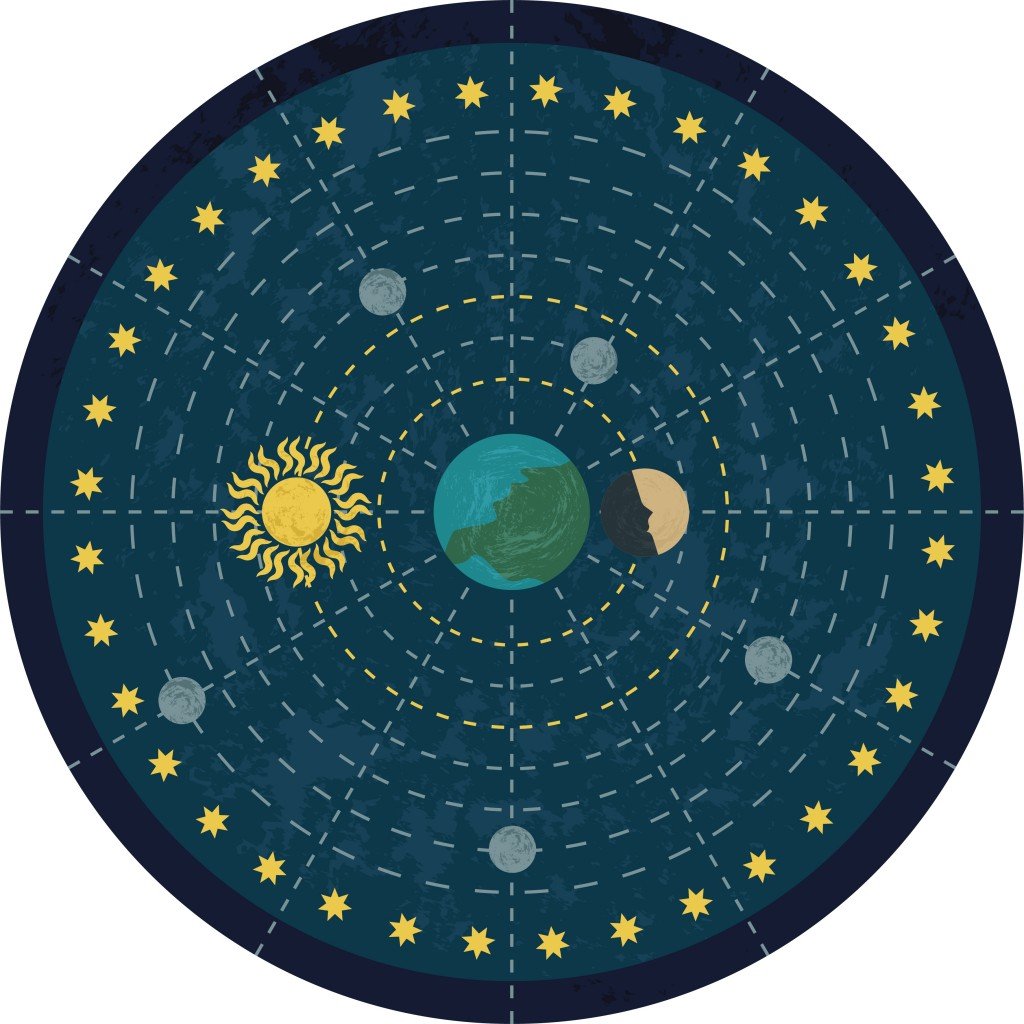
A new model was proposed by Nicolaus Copernicus in the 16th century that described the idea of the heliocentric model of the world with detailed data concerning the movements of the planets and the Sun.
The heliocentric model is the view that proposed the Sun as the center of the solar system. It stated that the earth revolved around the Sun, not the other way round, as proposed by the geocentric system. Although the Copernican model also believed the orbits of the planets to be circular, they are actually elliptical. As the earth is also just one of the planets, the idea of the other planets being made of something else (‘aether’) was rejected. In our modern world, the credit for discovering the heliocentric model is given to Copernicus, and the impacts of his theories and ideas have been hailed as the Copernican Revolution.
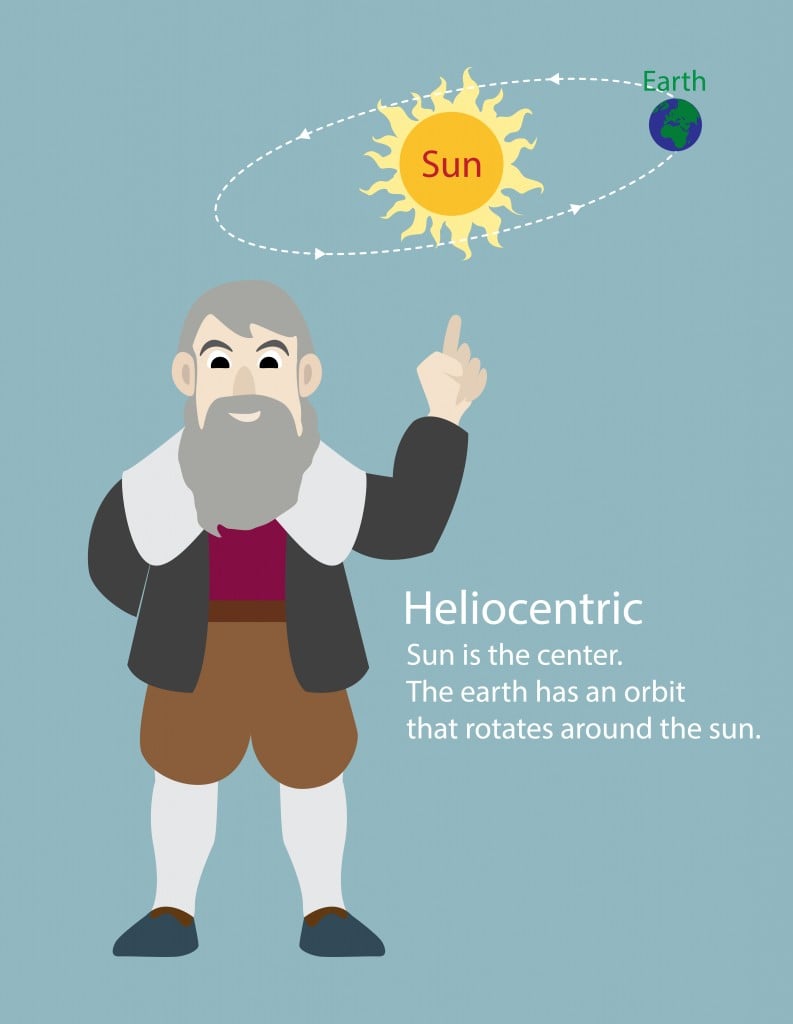
Although he is considered a pivotal figure in bringing the heliocentric theory to the forefront of human thought, there were others before him who came upon this idea, as well as certain variations of it. Let’s have a look at these often overlooked thinkers who were also on the right track!
Formation Of The Heliocentric Theory
Ancient Greece
The first conception of a heliocentric model can be dated back as far as 200 B.C. Greek astronomer and mathematician Aristarchus presented his ideas about the heliocentric model in ancient Greece. He aptly put the Sun as the center of the solar system and identified it as the ‘central fire’. He was also correct in the order and distance of the planets from the Sun, and believed that the glowing stars were other celestial bodies like our Sun, although much further away than Earth. He was correct, but his theories were discarded in favor of Aristotle and Ptolemy’s geocentric theories. That being said, Nicolai Copernicus did attribute the conception of his heliocentric model to Aristarchus.
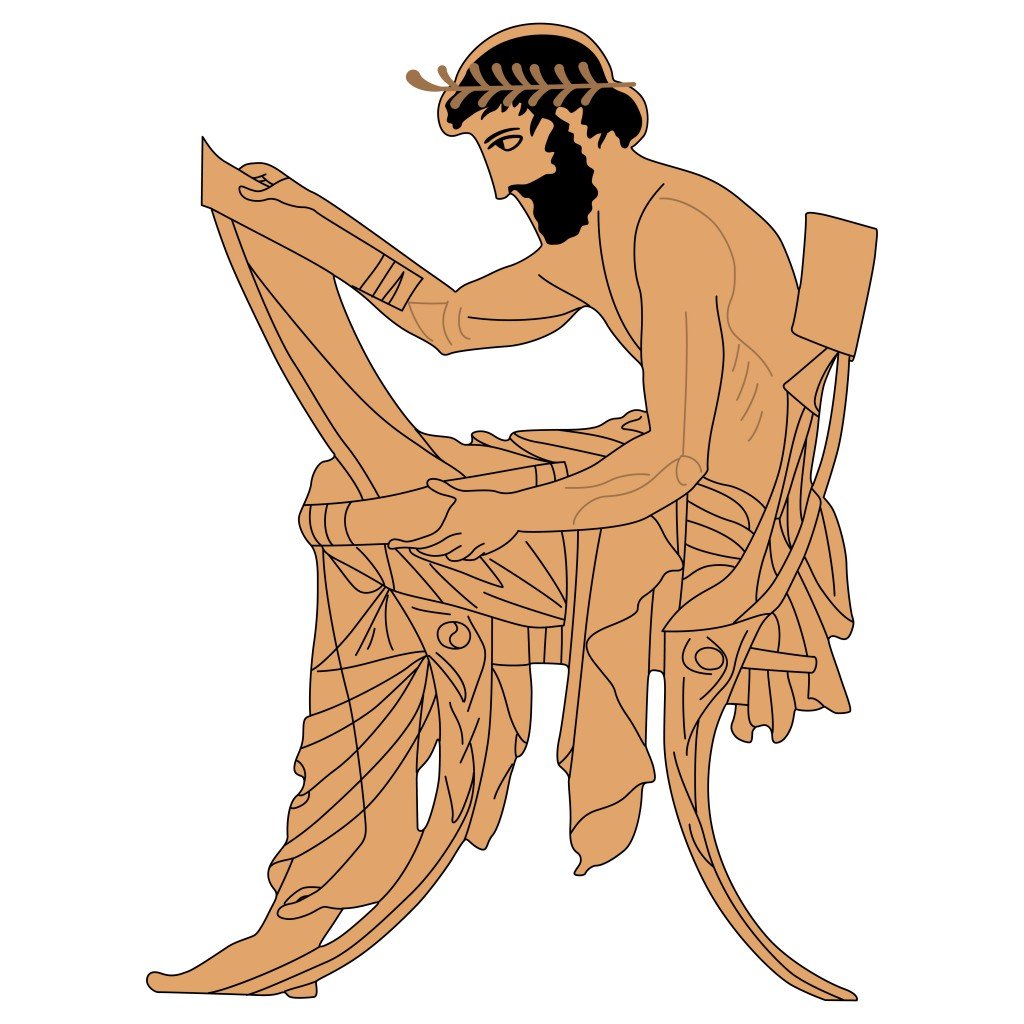
Medieval India
Aryabhata, the 5th-century Indian mathematician and astronomer, wrote a book called Aryabhatiya, which was his life’s work on math and astronomy. He correctly calculated the length of the year and claimed that other planets and the moon reflect sunlight. However, he proposed a geocentric model with Earth as the center of the solar system. In the 14th century, Nilakantha Somayaji wrote a book called Tantrasangraha, in which he revised Aryabhata’s geocentric theories. He proposed a partial heliocentric model of the solar system in which all the planets except Earth revolved around the Sun, but the Sun in turn revolved around Earth.
Renaissance-Era Europe
By the 12th/13th century, astronomers began seeing problems with the model that Ptolemy proposed. There were many attempts at solving these discrepancies through the formation of new models and it was inevitable that the heliocentric model would have altered as better observational and mathematical tools emerged. Due to the religious clout of the time, however, it was life-threatening to challenge the church with these ideas, as you would be considered heretical.
Copernicus started writing his book, De Revolutionibus, in 1506, but only published it in the year of his death in 1543. Tycho Brahe, another proficient astronomer, refuted Copernicus’s heliocentric theory and proposed an alternative one, much like Nilakantha Somayaji’s partial heliocentric model.
In the early 1600s, Galileo Galilei—with the help of his newly invented telescope—advocated heliocentricism based on his findings. The church subsequently banned the Copernican model and Galileo was put under house arrest for the remainder of his life.
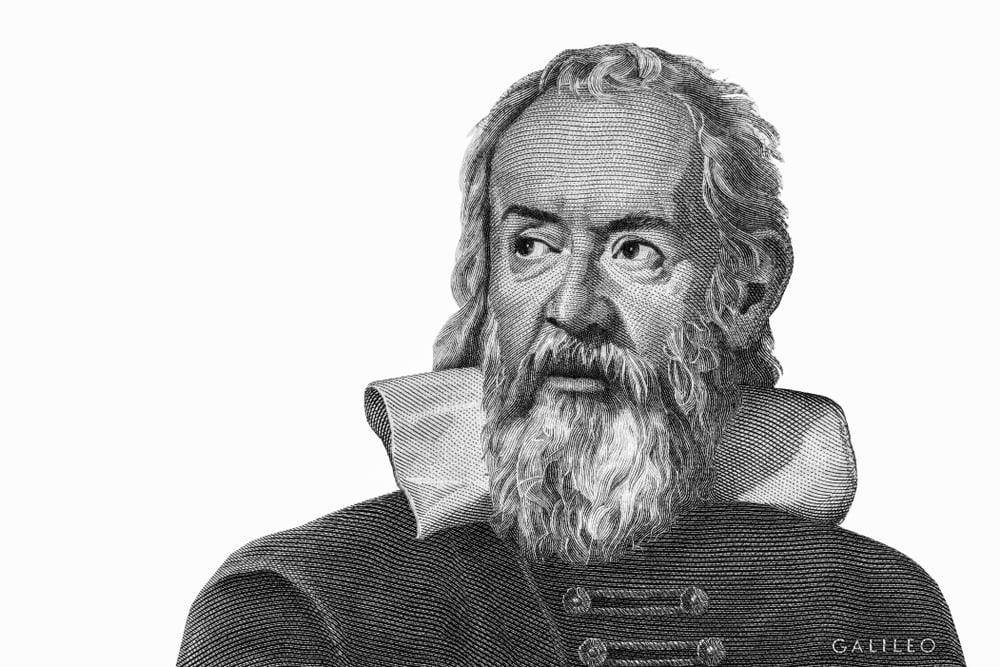
Further Development
Galileo’s house arrest did very little to slow down the heliocentric train, as Johannes Kepler soon published his findings in Epitome of Copernican Astronomy, which grew in influence in the decades that followed. Isaac Newton, through his ideas of universal gravitation, explained Kepler’s laws and provided solid bedrock for the heliocentric theory.
In today’s modern world, we know a lot more about astronomy and the structure of the universe than people did centuries ago. We know that there are billions of other star systems and our Sun is a relatively nondescript, low-mass star as compared to other massive celestial bodies. The geocentric and heliocentric theories are now seen as reference frames for our solar system. The Sun is also not in the geometrical ‘center’ of the solar system as it was thought in the theories, nor does it stay still, since it constantly revolves around the center of the Milky Way. Our constant questioning has led to more and more fascinating insights into the working of our solar system, and that same curiosity will continue to drive us forward into the future.
Now, in case you ever wanted to know how our solar system actually moves, feast your eyes on this mesmerizing graphic!
